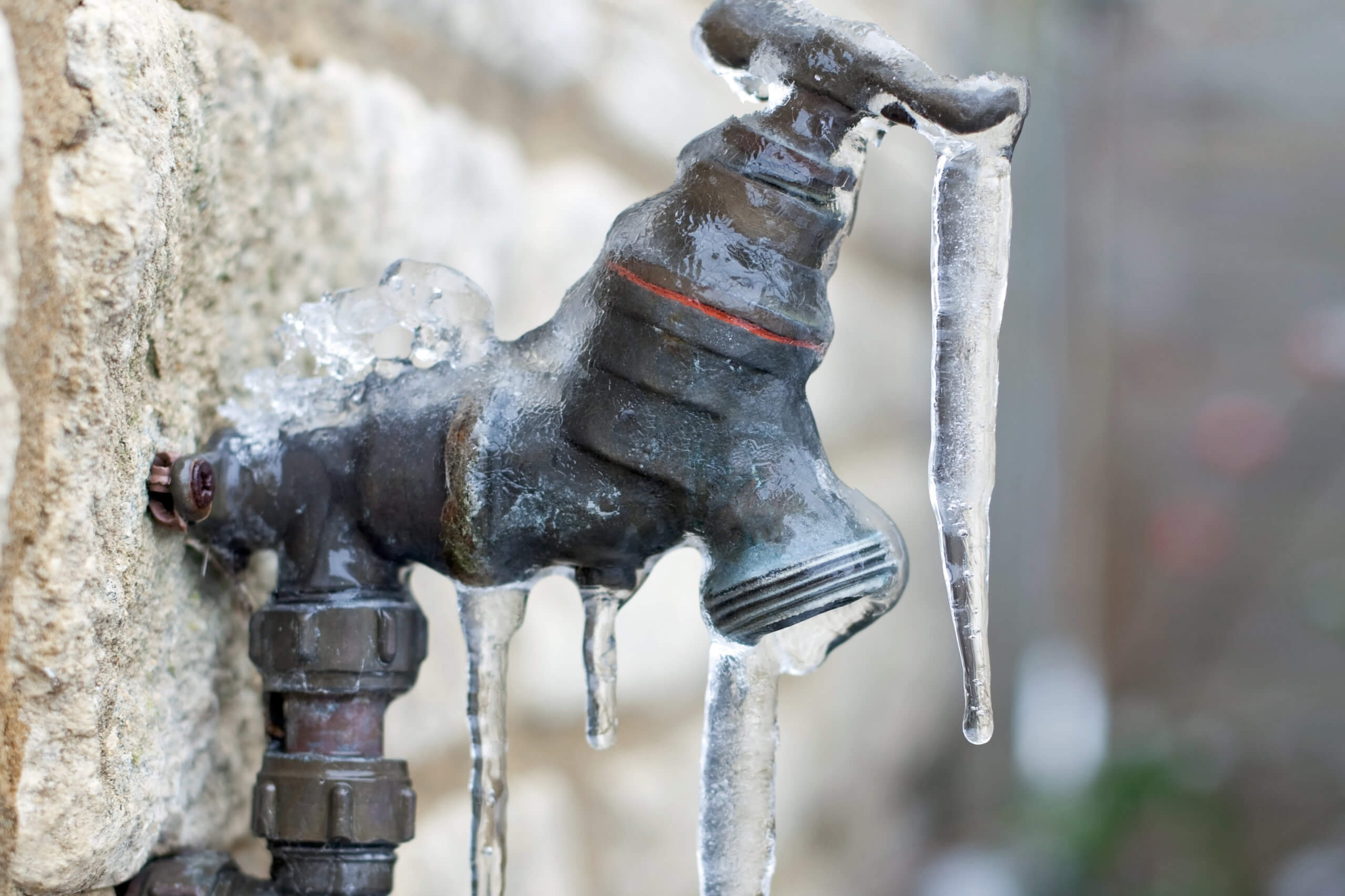Protecting Your Pipes from Freezing: Best Tips
Protecting Your Pipes from Freezing: Best Tips
Blog Article
This article below on the subject of Helpful Tips to Prevent Frozen Pipes this Winter is exceptionally captivating. You should investigate for yourself.

Winter can wreak havoc on your pipes, especially by freezing pipelines. Below's exactly how to stop it from taking place and what to do if it does.
Introduction
As temperature levels decrease, the risk of frozen pipes rises, potentially leading to pricey repairs and water damages. Comprehending just how to prevent icy pipes is critical for property owners in chilly environments.
Comprehending Icy Pipes
What causes pipes to freeze?
Pipes ice up when exposed to temperature levels listed below 32 ° F (0 ° C) for prolonged periods. As water inside the pipes ices up, it broadens, taxing the pipe wall surfaces and potentially creating them to rupture.
Risks and problems
Icy pipelines can lead to water supply disturbances, property damages, and expensive fixings. Burst pipes can flooding homes and create comprehensive structural damage.
Indicators of Frozen Pipes
Determining frozen pipes early can stop them from rupturing.
Exactly how to identify frozen pipelines
Try to find lowered water flow from taps, unusual smells or noises from pipes, and noticeable frost on exposed pipes.
Avoidance Tips
Shielding susceptible pipelines
Cover pipes in insulation sleeves or use warmth tape to protect them from freezing temperature levels. Focus on pipelines in unheated or exterior locations of the home.
Home heating methods
Keep interior spaces adequately warmed, particularly areas with plumbing. Open up cupboard doors to allow warm air to circulate around pipelines under sinks.
Securing Outdoor Pipes
Garden hoses and outdoor taps
Detach and drain garden hose pipes before wintertime. Install frost-proof spigots or cover exterior faucets with protected caps.
What to Do If Your Pipes Freeze
Immediate activities to take
If you presume icy pipelines, maintain taps open up to eliminate pressure as the ice thaws. Utilize a hairdryer or towels soaked in warm water to thaw pipes gradually.
Long-Term Solutions
Architectural adjustments
Think about rerouting pipelines far from outside wall surfaces or unheated locations. Add additional insulation to attic rooms, basements, and crawl spaces.
Upgrading insulation
Invest in premium insulation for pipes, attic rooms, and wall surfaces. Correct insulation aids preserve consistent temperature levels and decreases the danger of frozen pipes.
Verdict
Protecting against frozen pipelines requires aggressive actions and fast reactions. By comprehending the causes, indications, and safety nets, property owners can shield their plumbing during winter.
5 Ways to Prevent Frozen Pipes
Drain Outdoor Faucets and Disconnect Hoses
First, close the shut-off valve that controls the flow of water in the pipe to your outdoor faucet. Then, head outside to disconnect and drain your hose and open the outdoor faucet to allow the water to completely drain out of the line. Turn off the faucet when done. Finally, head back to the shut-off valve and drain the remaining water inside the pipe into a bucket or container. Additionally, if you have a home irrigation system, you should consider hiring an expert to clear the system of water each year.
Insulate Pipes
One of the best and most cost-effective methods for preventing frozen water pipes is to wrap your pipes with insulation. This is especially important for areas in your home that aren’t exposed to heat, such as an attic. We suggest using foam sleeves, which can typically be found at your local hardware store.
Keep Heat Running at 65
Your pipes are located inside your walls, and the temperature there is much colder than the rest of the house. To prevent your pipes from freezing, The Insurance Information Institute suggests that you keep your home heated to at least 65 degrees, even when traveling. You may want to invest in smart devices that can keep an eye on the temperature in your home while you’re away.
Leave Water Dripping
Moving water — even a small trickle — can prevent ice from forming inside your pipes. When freezing temps are imminent, start a drip of water from all faucets that serve exposed pipes. Leaving a few faucets running will also help relieve pressure inside the pipes and help prevent a rupture if the water inside freezes.
Open Cupboard Doors
Warm your kitchen and bathroom pipes by opening cupboards and vanities. You should also leave your interior doors ajar to help warm air circulate evenly throughout your home.

I hope you liked our piece about How to Prevent Your Pipes From Freezing. Thanks a lot for taking time to browse our article. Liked our post? Please quickly share it. Let others discover it. We appreciate your readership.
Book My Estimate Report this page